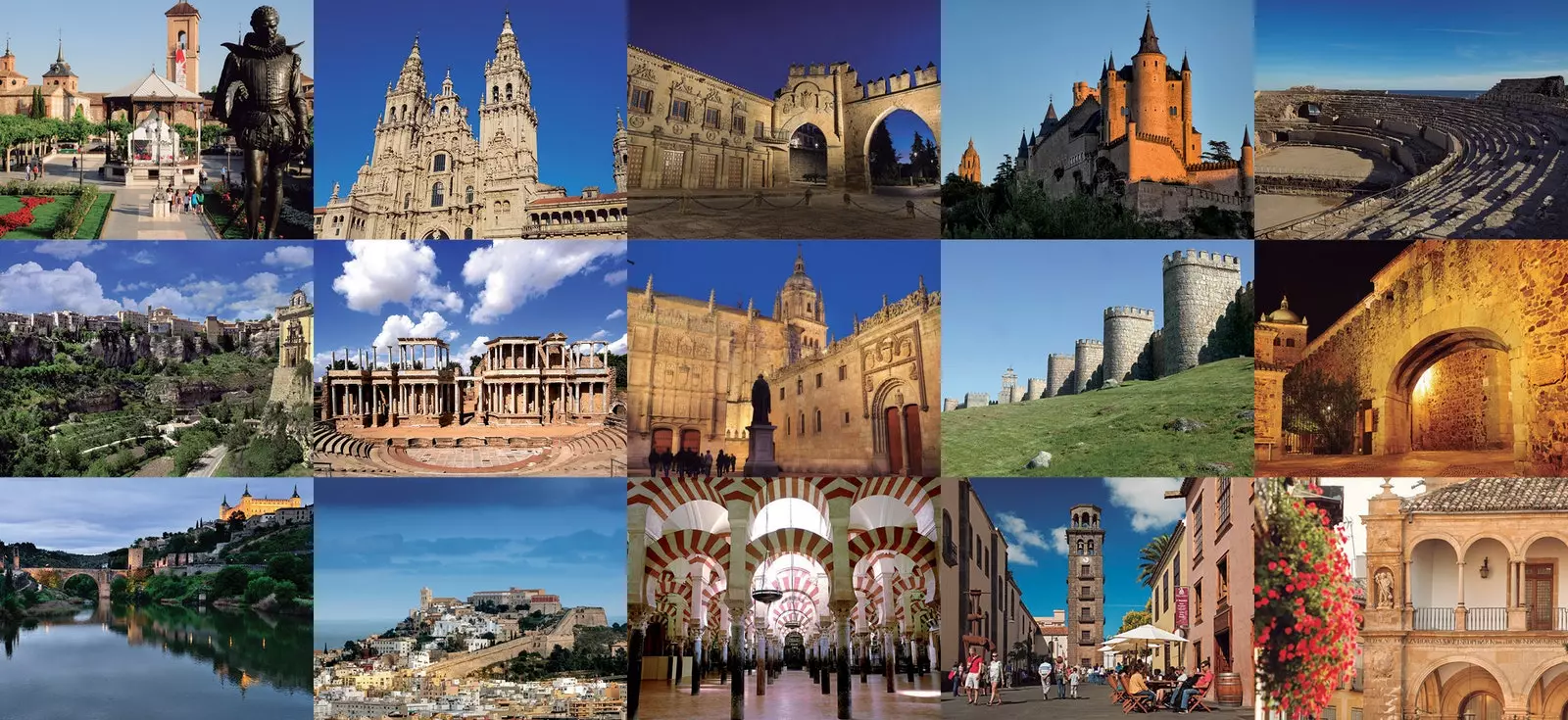
World Heritage Cities: the perfect plan for this summer
The summer smells like vacation, to uncharted places to conquer . It smells of travel and the desire to discover; to clean and neatly folded clothes in the suitcase.
summer smells like stop at the gas station before leaving ; to the refueling that confirms the kilometers and kilometers of adventures that are yet to come. In short, the summer smells like new experiences that, this year, we have decided to live without leaving our borders: what need is there to do it when we have everything here?
In fact, by having, we have until 15 cities declared a World Heritage Site by UNESCO , which is said soon. A fact that makes Spain one of the European countries with the most cities endowed with this title . Treasures wrapped in history and culture, in interesting traditions, architecture and gastronomy, which mean that the only difficult thing in this blessed task, which is to enjoy, is deciding which of them to opt for.
Maybe since we're talking about summer season , a good place is always summer Ibiza . The Dalt Vila neighborhood , anchored in the highest area of the capital, is the key: that protected historic center by imposing Renaissance walls it houses in its bowels a whole labyrinth of alleys and squares, of defensive bastions and architectural icons, which summarize the most authentic Ibizan essence like no other place.
Its history, written by Carthaginians, Punics, Romans, Muslims and Christians, concentrates a melting pot of cultures in its roots. But whoever says Ibiza also says the wonderful views of its port from the Plaça de la Catedral, the Mercat Vell or a visit to the Punic Necropolis of Puig des Molins . The recreational part of the trip leads to the Marina, a key place for the most urban Ibizan nightlife, and to the beaches and coves that surround the city, jewels such as Ses Figueretes or Talamanca are the key.
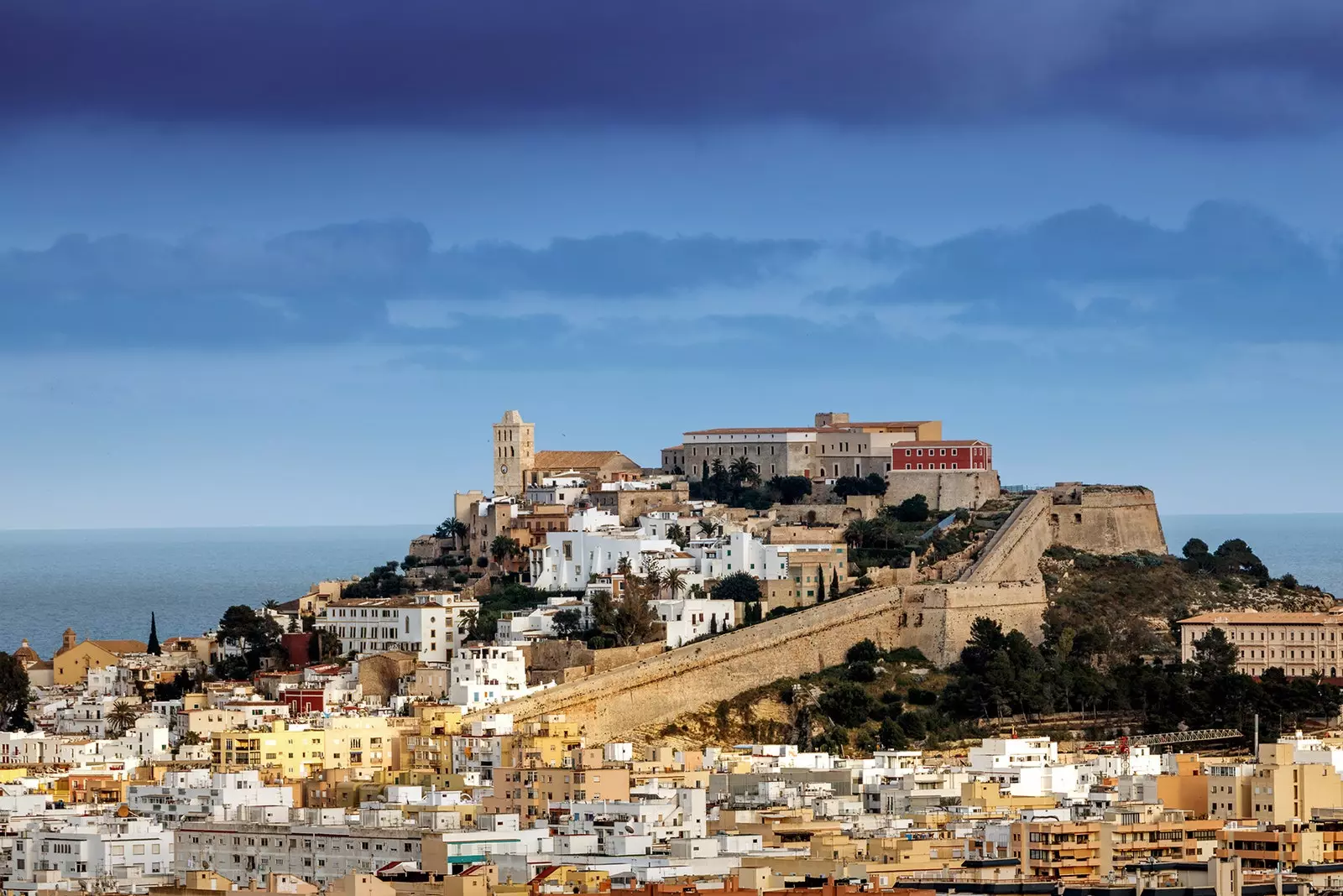
wonderful ibiza
Although not only does Ibiza sound like summer: it also does San Cristobal de La Laguna We are not going to deny it. So from the Mediterranean we jump to the Atlantic, where we fall in love with that Canarian environment that deceives us so much.
Five centuries of history make it the first city built on the island of Tenerife and the first designed on a grid with maritime instruments and on a line. It is also the model followed by all those colonial cities with colored facades and pedestrian streets that were recreated for centuries in the Americas. With a civil and religious architecture that amazes in equal parts —you just have to contemplate the Santa Iglesia Catedral Nuestra Señora de los Remedios or Santa Catalina de Siena convent —, and a natural environment overflowing with beauty —there is the Anaga Rural Park —, La Laguna catches without control. One last detail? The atmosphere that is lived in its streets, enhanced by the 30 thousand students who attend its bicentennial University every year, is worth living.
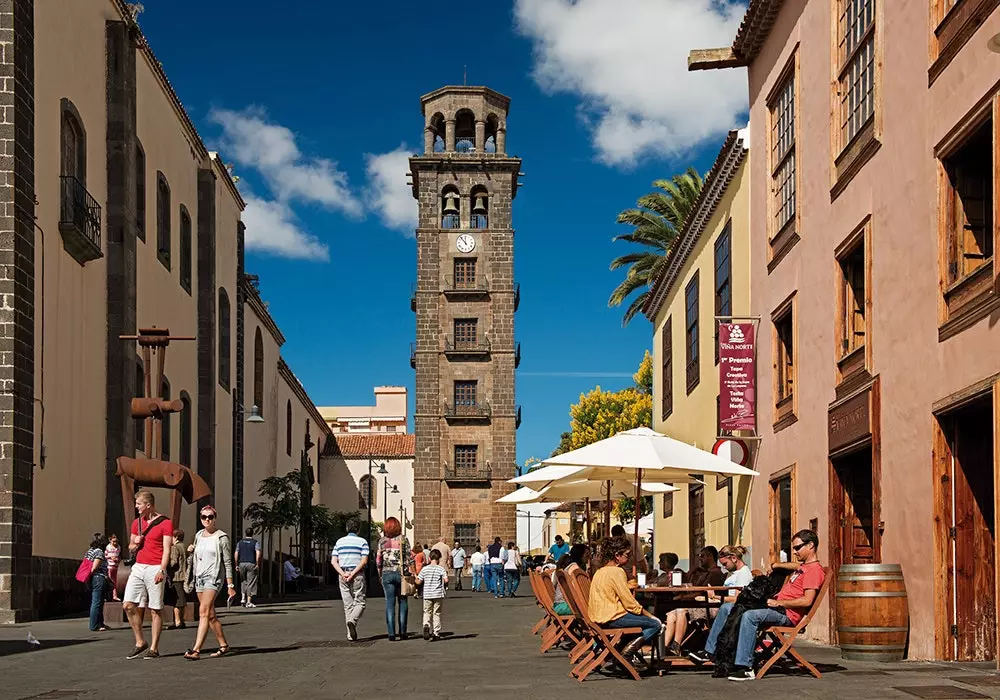
San Cristobal de la Laguna
And it is precisely the word university that takes us directly to another of the cities on the list: Salamanca It has one of the oldest in the world . Contemplating its plateresque façade and looking for the mythical frog among its figures is a must, but it is also necessary to admire the mythical Casa de las Conchas, another Salamanca emblem, or the imposing church of La Clerecía. Let's not forget its majestic Plaza Mayor, probably the most beautiful in Spain ; its very interesting museums —the Casa Lis is a must-, or the architectural complex formed by the New Cathedral and the Old Cathedral : unequivocal symbols of the Castilian-Leonese city.
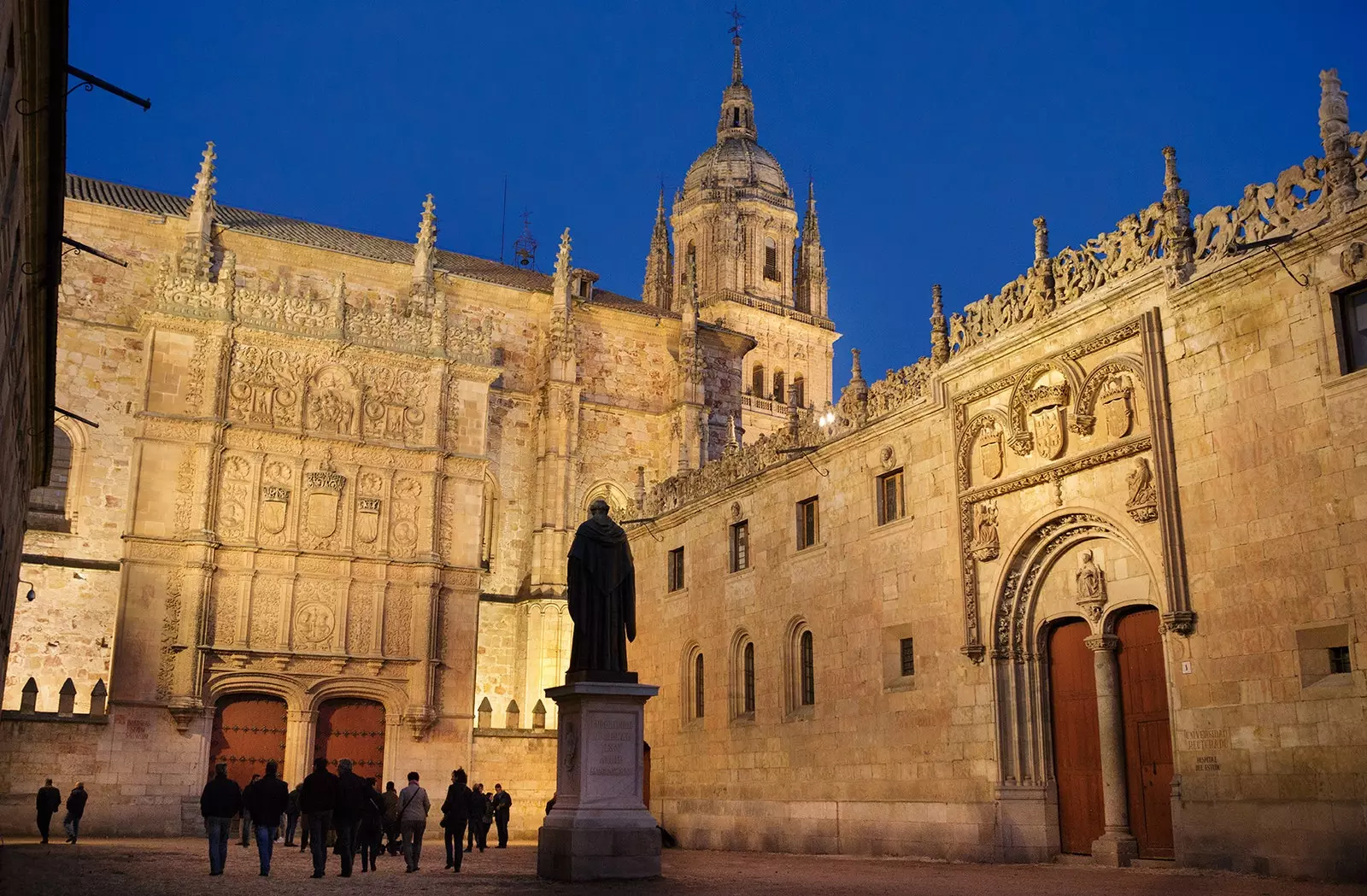
Salamanca: its University, one of the oldest in the world
We speak of cathedrals, and alas, our minds make us travel through the Spanish geography to the north: we go to Santiago de Compostela , one of the three major pilgrimage centers for Christianity along with Jerusalem and Rome.
Obviously any visit to the city must include the Praza do Obradoiro , where between pilgrims reaching their destination and the university environment, one falls in love with the imposing façade of the cathedral, its Glory Portico and of that botafumeiro that, on occasions, can be seen flying over the central corridor. But, in addition, the city manages to masterfully combine the historical with the modern, either in the medieval buildings of its old town or in the avant-garde Galician Center for Contemporary Art, the work of the Portuguese Álvaro Siza . How could Santiago not be a World Heritage Site?
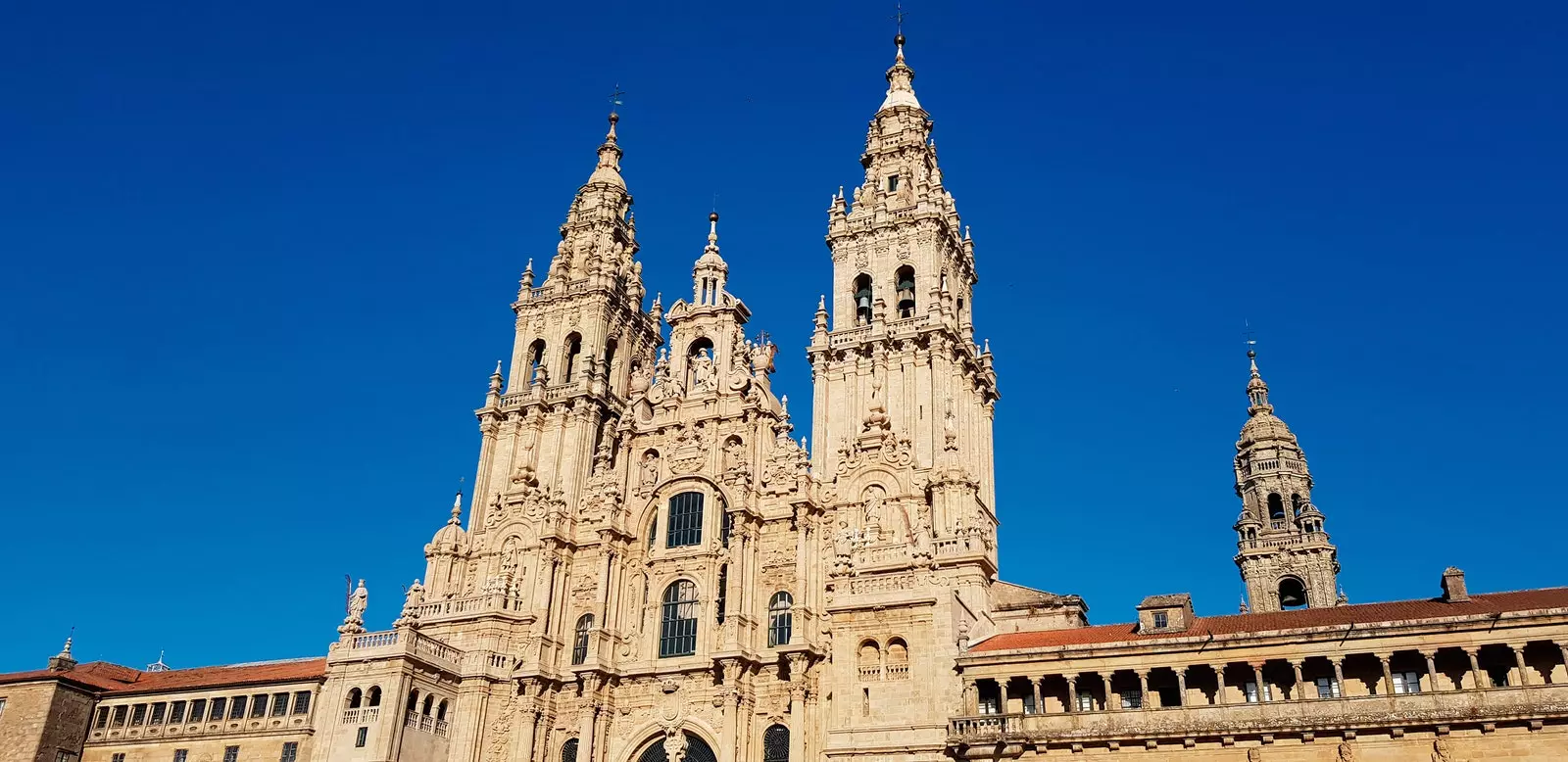
Santiago de Compostela, pilgrims, history, good life
Another landmark of architecture are the mythical Hanging houses , absolute protagonists of Basin , that Castilian-La Mancha city that plays with balance and gravity next to the precipice of the Huécar river in a unique and unusual way. And yes, they are the perfect excuse to visit it, although not the only one: they are joined by the medieval layout of its streets that make you go up and down hills in search of the Cathedral of Santa María and San Julián, the Plaza Mayor or its emblazoned mansions . You must never stop crossing the Saint Paul's Bridge : contemplating the views of the city from there is something unique.
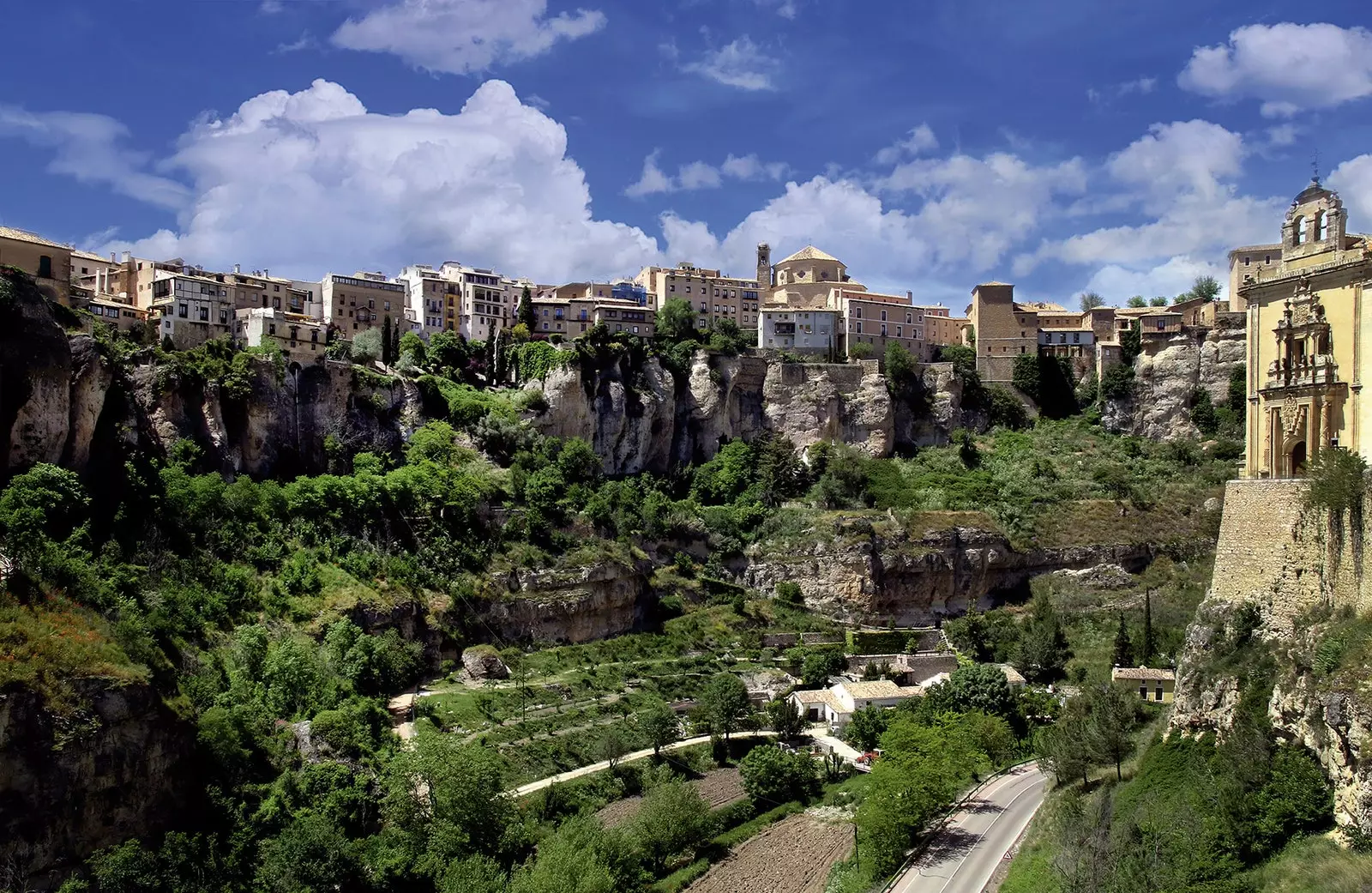
Basin
Although for panoramic views, those that can be enjoyed, especially at sunset, from the Four Posts viewpoint: Avila , the capital of the province with the highest altitude in Spain, spreads out within its walled enclosure in a powerful way. Traces that claim its medieval past and that make it, with its walls up to 12 meters high and its 88 towers, one of the best preserved in Europe. Strolling through its entrails overflowing with romanticism recalls that great figures such as Saint Teresa of Jesus or Saint John of the Cross they also walked them centuries ago. Among churches, palaces, convents and a very interesting monument such as the Palace of Superunda , built in the 16th century and home to the largest collection of works by the Italian artist Guido Capritti , the Jewish quarter is reached: one more wonder that must be visited.
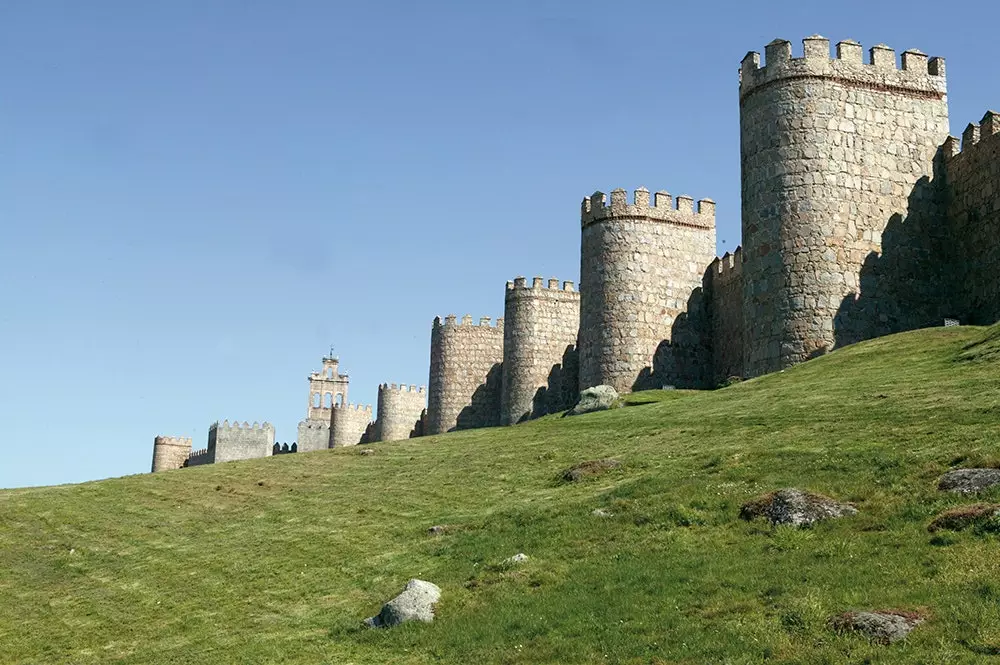
Avila
Precisely Jews, Christians and Muslims They lived together peacefully in the heart of Toledo sprinkling its streets with architectural relics that speak for themselves: there is nothing like strolling through its labyrinthine old town to come across mosques, synagogues and churches and receive a bath of history. You have to walk along the Avenida de la Reconquista, cross the Puerta de Bisagra and let yourself be carried away by what the city that saw El Greco triumph dictates. A must stop? which leads to 'The burial of the Count of Orgaz', in the church of Santo Tomé : one of the masterpieces of the artist.
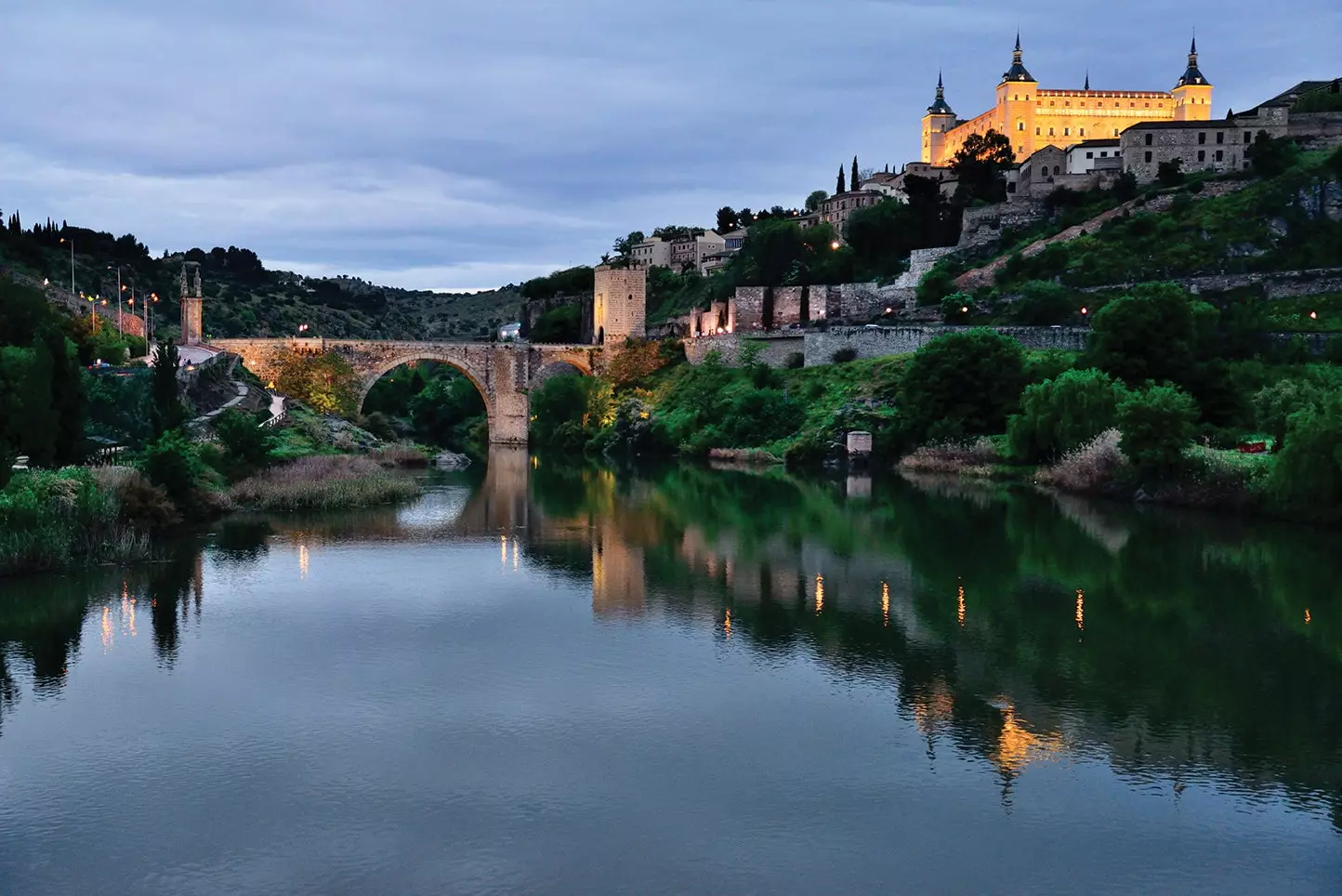
Toledo
It could be said that El Greco is to Toledo what Cervantes is to Alcalá de Henares , other World Heritage City . And what does this have to show off the merit? To be the place where the father of The Quijote . But it was also the first city designed specifically to host a university , founded in 1499 ; that the Baroque and the Renaissance constantly go hand in hand in its historic center —there is the Casa de Cervantes or the Parador de Turismo itself to prove it —, and that the facade of one of its icons, the Colegio Mayor de San Ildefonso , it is pure magic.
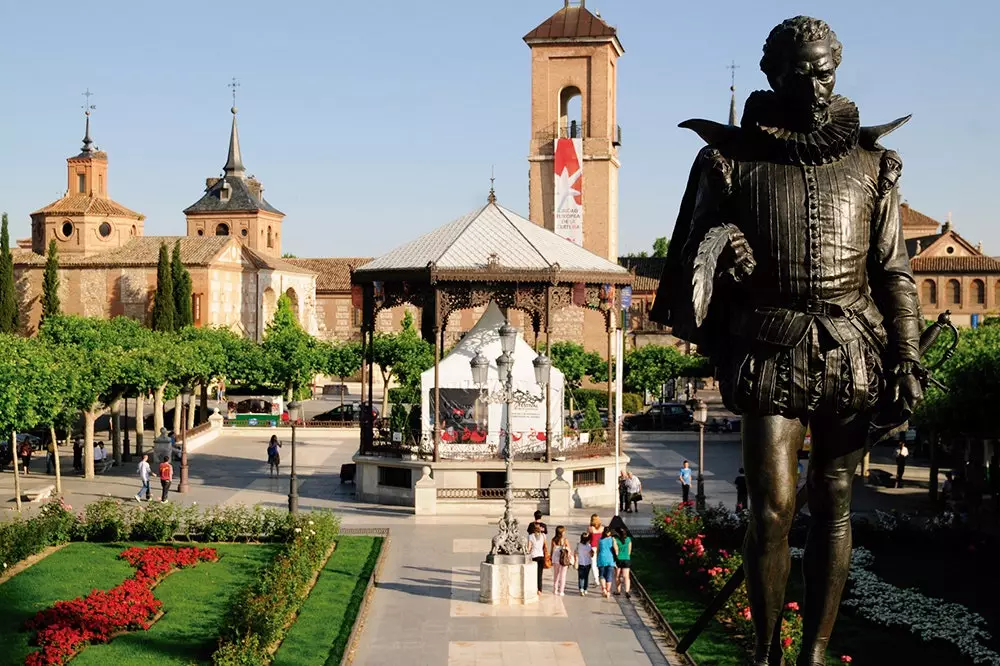
Alcala de Henares
A little further south, in Andalusia, the list of World Heritage Cities is expanded: Cordoba, Ubeda and Baeza they concentrate the beauty of the places that get into the soul of those who visit them.
The first is past present: when stepping inside your mosque-cathedral time stops and emotion becomes strong. It was built between the 8th and 11th centuries, the period of maximum splendor of the city, although some time later the Christians would build a splendid cathedral with Baroque, Renaissance and Gothic hues inside. There is no doubt: there is no place in the world like this. Though the essence of Córdoba continues beyond the religious : in his famous patios , in the alleys of his Jewish quarter , in its ancient Roman bridge and in the Alcazar of the Christian Monarchs . Several kilometers away, another gift: the archaeological site of medina azahara , also recognized by UNESCO.
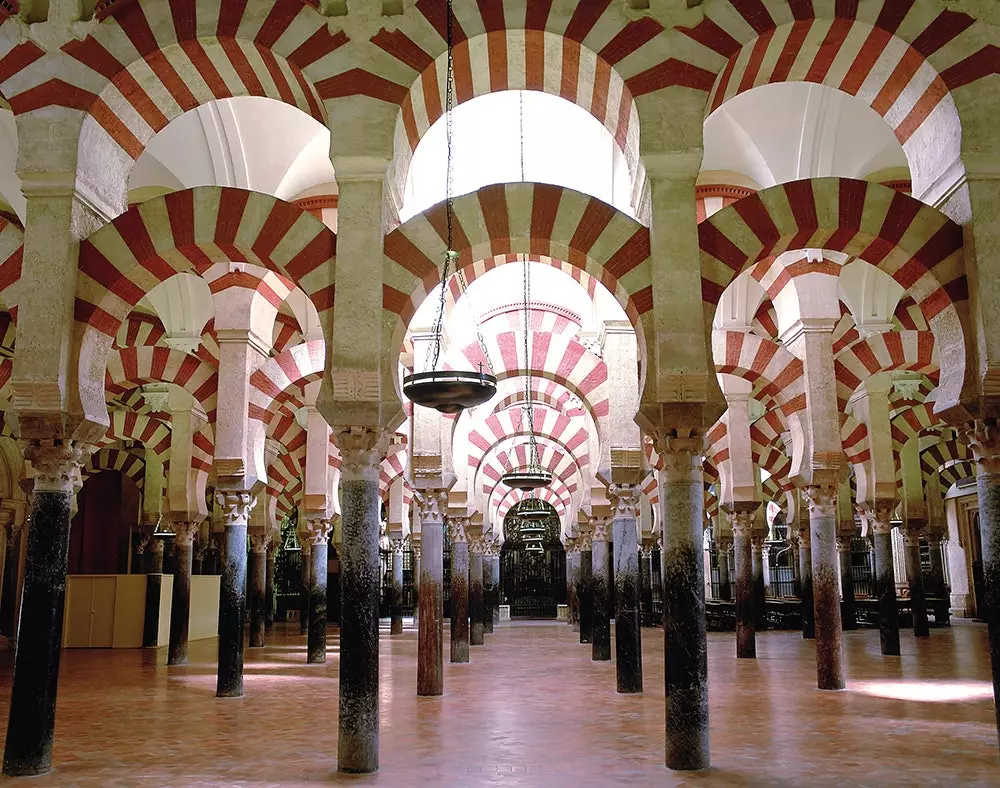
Cordova
Barely 140 kilometers of highway flanked by an immense sea of olive trees separate Córdoba from Ubeda and Baeza . And both cities, if they stand out for something, is precisely because they are an example of a amazing renaissance architecture.
So walk the streets of Ubeda it impregnates one with that cultured and courtly past that has been embodied for centuries in its palaces and towers and, ultimately, in all that spectacular set of buildings that transports oneself, albeit with the imagination, to the heart of the 16th century . To discover the city, the ideal is not to miss enclaves such as the Sacred Chapel of El Salvador, the Basilica of Santa María de los Reales Alcázares, the Palace of the Marquis of Mancera or the Hospital of Santiago . Nor, of course, the Church of San Isidoro or the Juan Vázquez de Molina Palace: all of them true works of art, although only a small part of the heritage they boast. By the way: its current Parador, the Palacio del Deán Ortega, is without a doubt the place where everyone would like to stay and live.
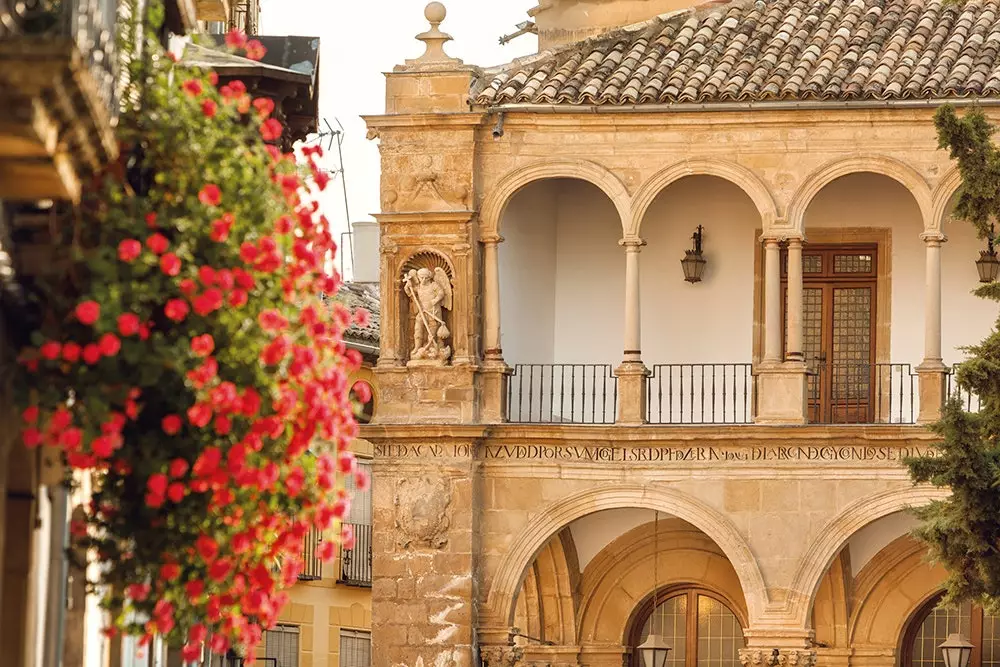
Ubeda
of the walled city of baeza , occupied by Alfonso VIII in 1212 after the battle of Las Navas de Tolosa —although the one who definitively conquered it was Fernando III—, not only its history stands out: also its great architectural gems. And discovering them is as simple and rewarding as starting a journey that leads from the Plaza del Pópulo and its Fountain of the Lions to the Old Butchers , to the cathedral of the Nativity of Our Lady, to the Plaza de la Constitución or to the Palacio de Jabalquinto . Much of its essence is due to that legacy that is still breathed and left by the Iberians, the Romans, the Visigoths or the Muslims, all of them peoples who settled after falling in love with the benefits and beauty of Baeza as now, in full XXI century, do the travelers who do not hesitate to visit it. And it is that it is as it is, to understand its greatness, the experience must be lived in the first person.
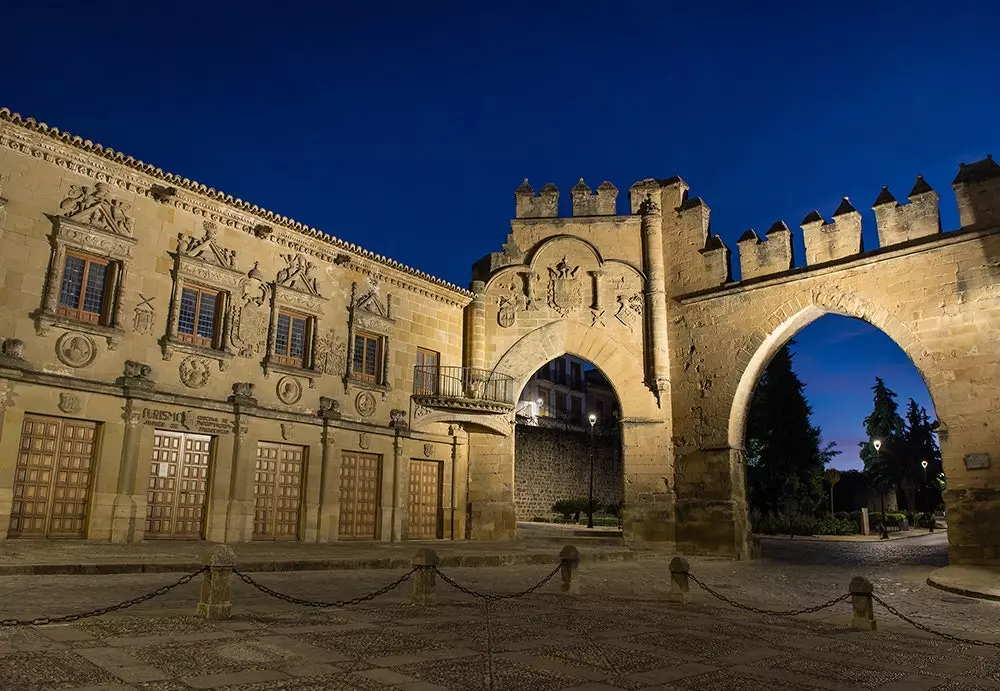
baeza
And if the cities of Jaen are a full-fledged Renaissance museum, Tarragona is one of the Roman legacy in the peninsula . Not in vain, we speak of what was the capital of ancient Hispania, whose past can be seen throughout the Archaeological walk marked by the walls of the second century BC. of C . Breathe in the Mediterranean breeze while visiting the ancient amphitheater or the Tarraco Circus They are unique and wonderful experiences, but they do not leave behind other more current ones such as enjoying the Santa Tecla Festivities and its castells in the Fountain Square every September.
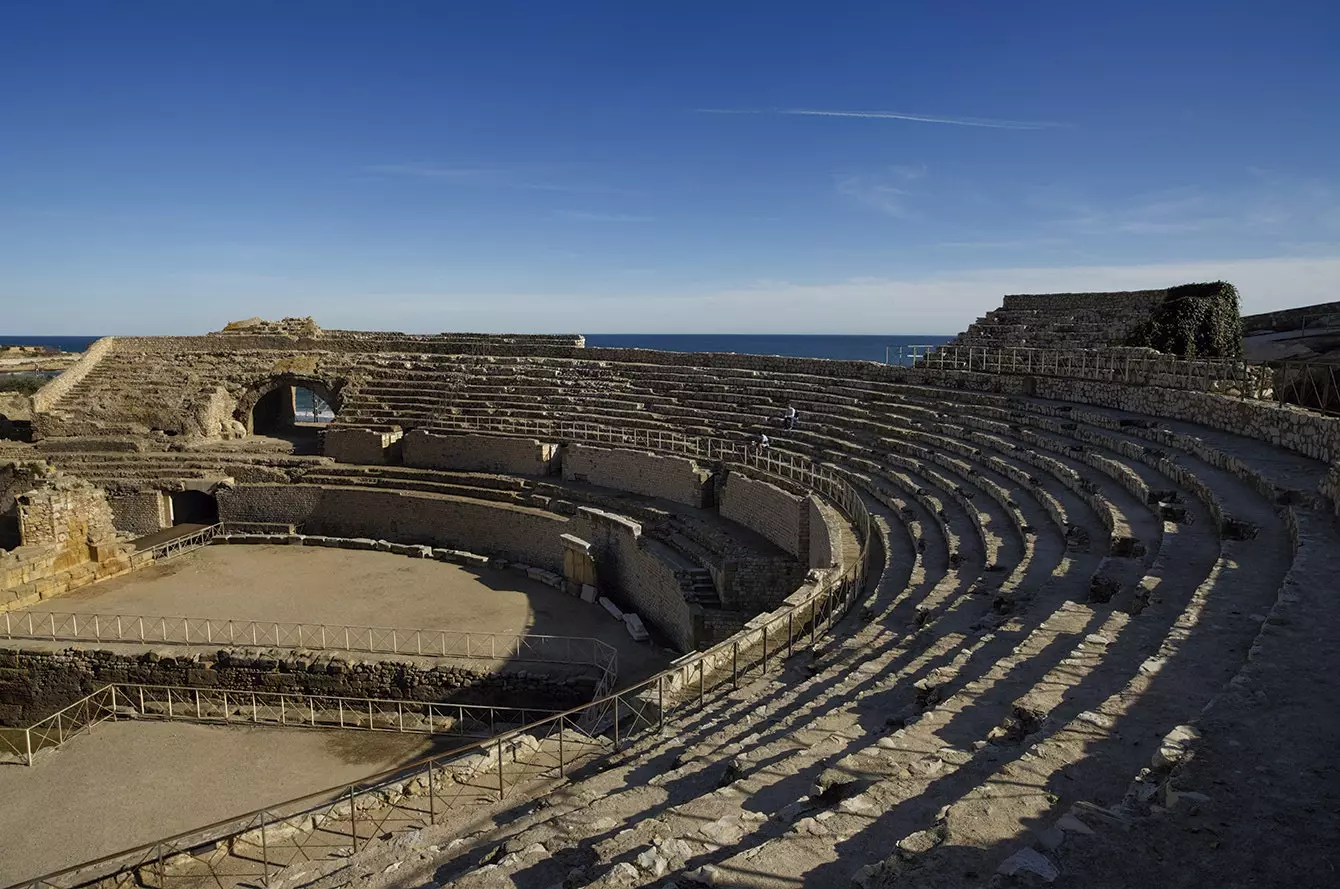
Tarragona, the great Roman legacy
Of Romans he also knows, and a lot, Merida , one of the most flourishing cities of the Roman Empire. And for example, its two greatest jewels: the amphitheater and the theater are exceptional, especially when each summer the latter recovers its original function and hosts all kinds of shows on its stage. There is no more beautiful way to get excited in this city. but walk Mérida also means running into relics on every corner such as the Temple of Diana, the Arch of Trajan or the old road found in the Arab Alcazaba . The city founded by Octavio Augusto in 25 a. C. had everything for UNESCO to notice her.
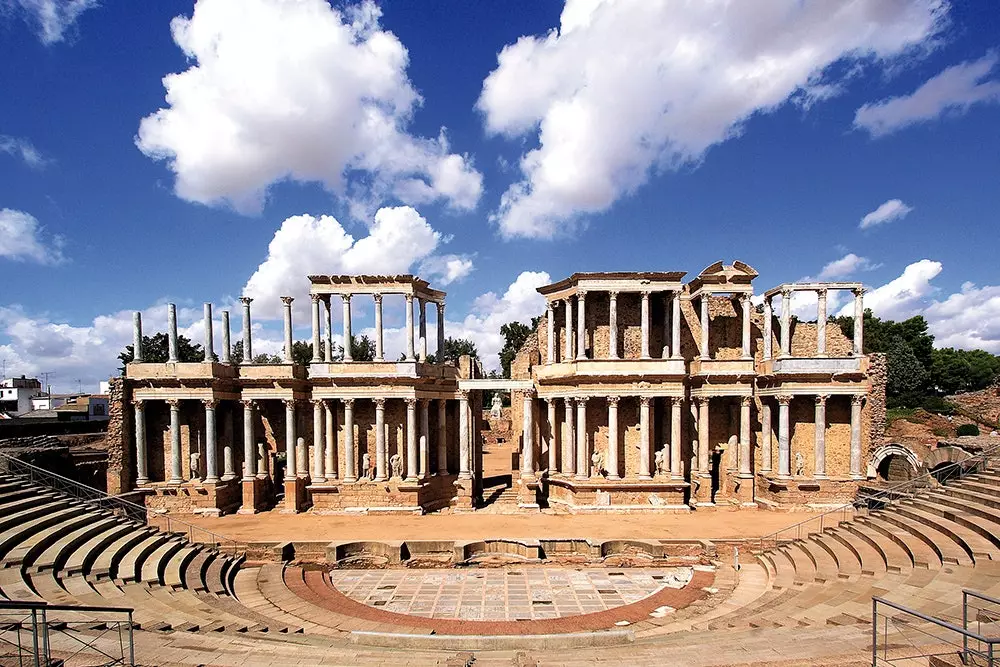
Merida
And since we are in Mérida, how about a stop in its neighbor Cáceres? And it is that you only have to see the level of heritage display that hides in its medieval old town to understand why it is one of the 15 World Heritage cities of our country. In fact, It is no coincidence that it has trapped film and television producers on countless occasions who have chosen it for their footage.: Game of Thrones, The Cathedral of the Sea, tie me up of Almodóvar or the series Isabel it was just a few.
To soak up its essence, the first thing is to reach its Main Square to continue later on Bujaco Tower, the Arco de la Estrella, the Co-Cathedral of Santa María or the Palace of the Golfines de Abajo.
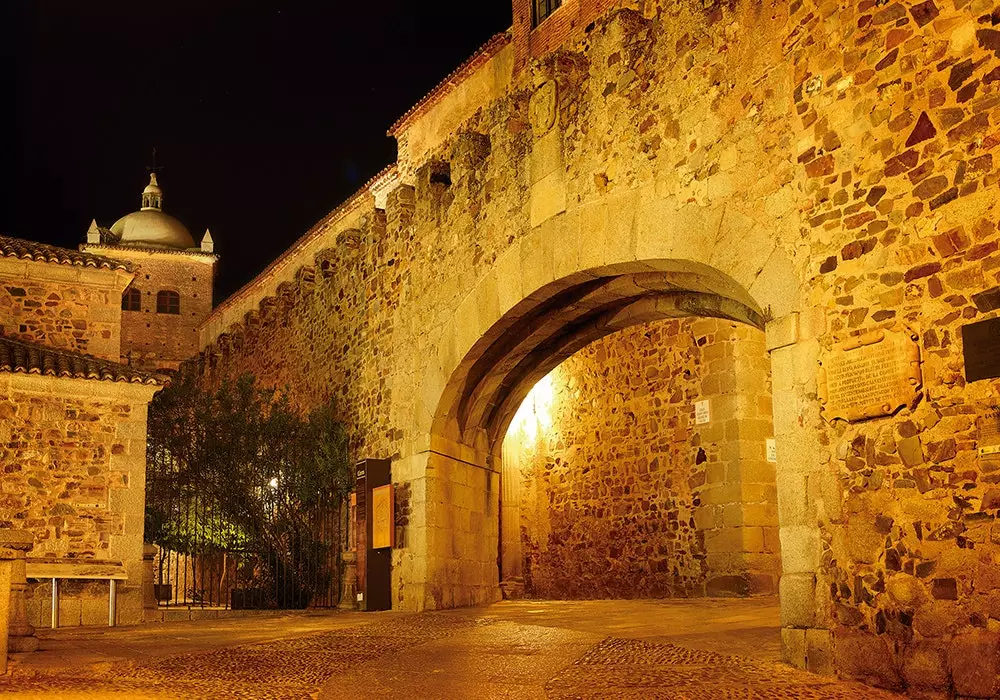
Caceres
A festival of stimuli that will not stop until you leave the city... and set off for Segovia.
Its most flattered emblem, the Roman aqueduct that has been the protagonist of the Segovian image since the 2nd century, acts as a guide and receives those who visit the city as the best of hosts. One then understands that the great Machado could not resist her charms and he ended up living in it for a few years...
But, despite the fact that this is its greatest attraction —excuse the suckling pig, but that's another “food”—, Segovia has earned its World Heritage status for many other reasons: the majestic Cathedral of Our Lady of the Assumption of San Frutos , known as "the lady of the cathedrals" ; its streets of medieval layout or the Alcázar are just some of them. One more fact: it was in Segovia where Isabel I herself was crowned Queen of Castile. What more excuses do you need to dare to meet her?
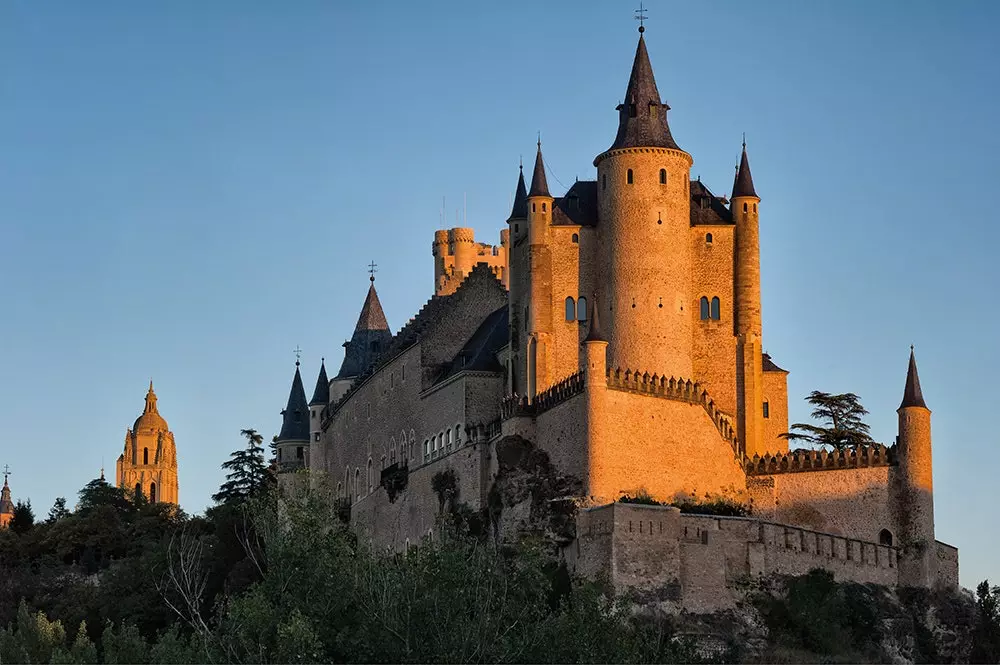
Segovia
